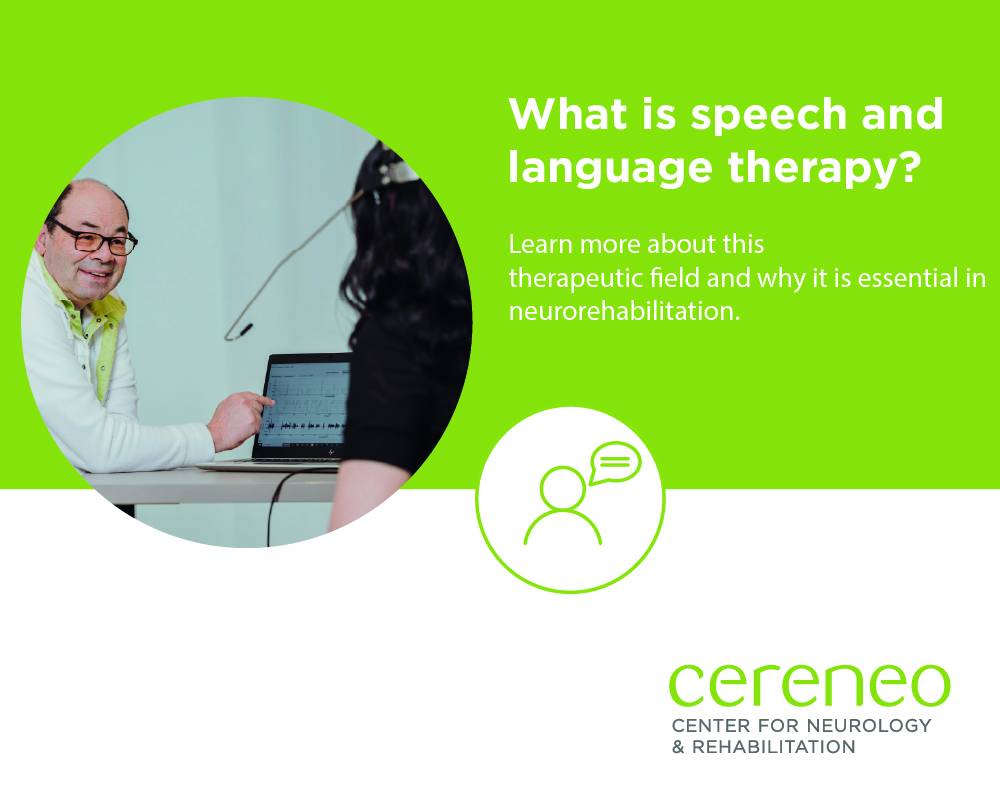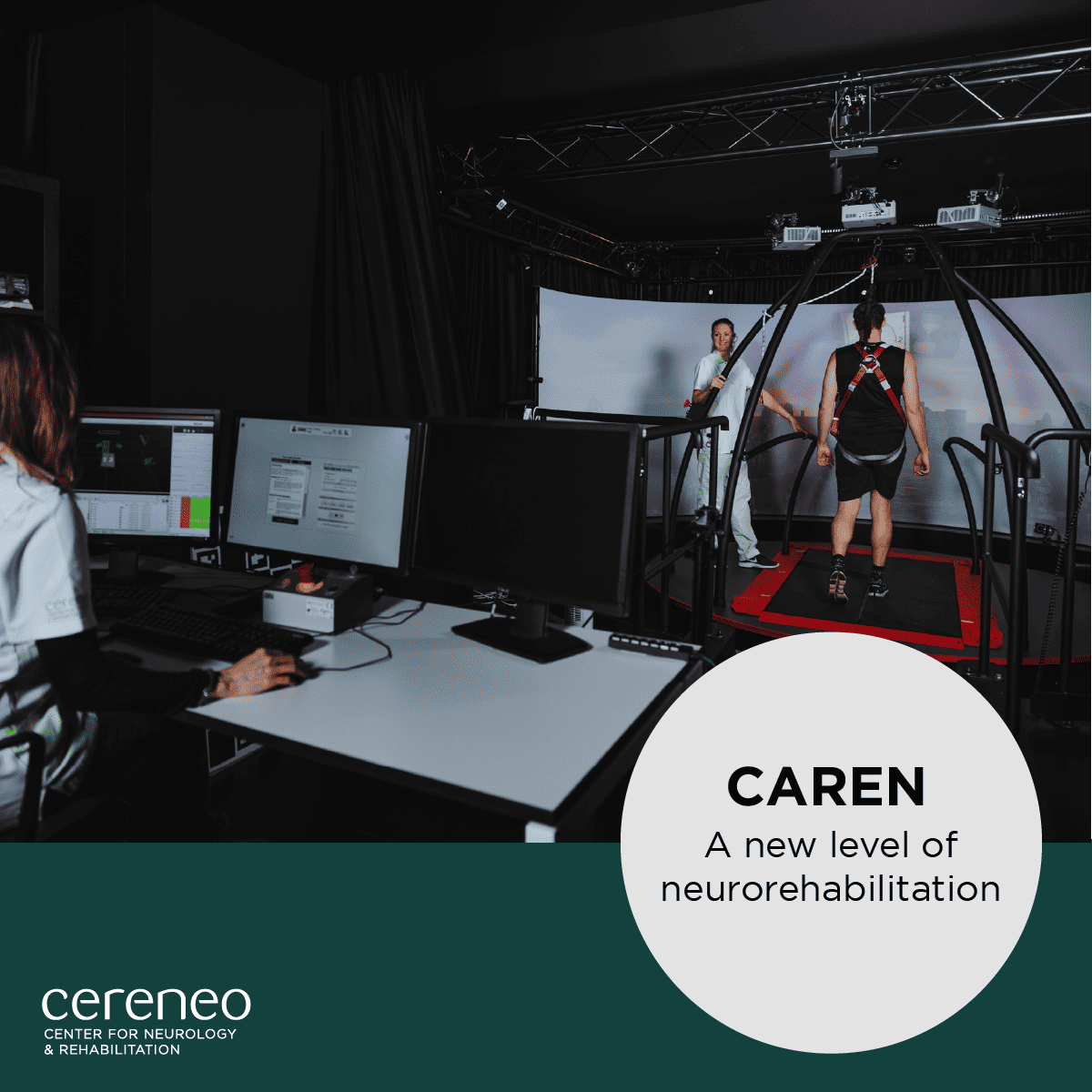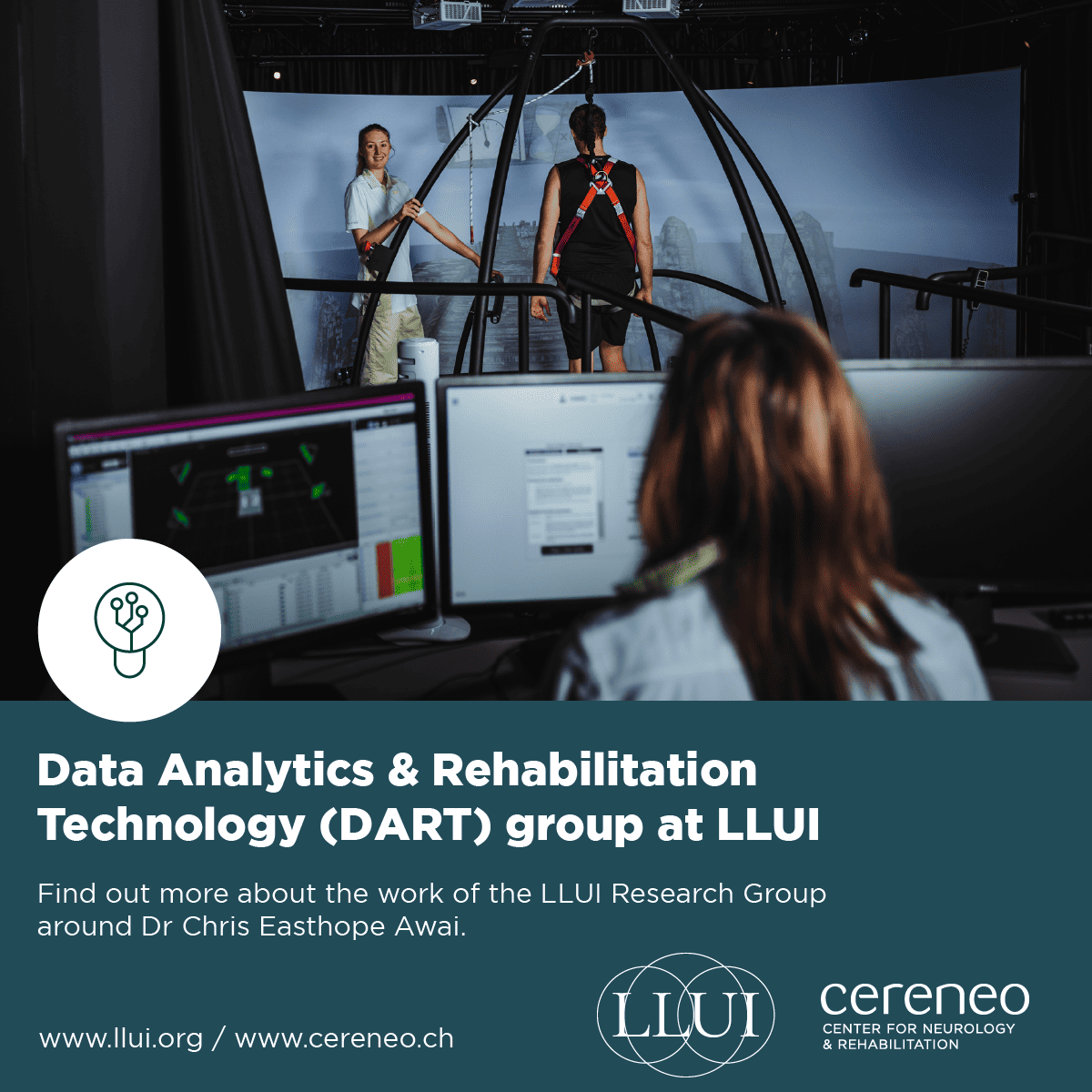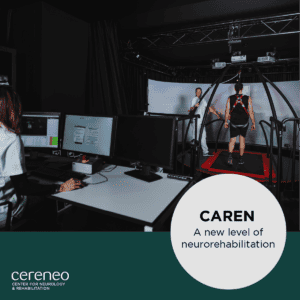Speech & language therapy is often associated with children who face difficulties with speaking or pronunciation. However, it is also of great importance for adults. Especially for people with neurological conditions, such as a stroke, traumatic brain injury or Parkinson’s disease, speech & language therapy is an essential part of rehabilitation.
What is speech & language therapy?
Speech & language therapy is a therapeutic field dealing with the diagnosis, counselling, treatment and prevention of the following:
Language disorders: This can include problems with producing, reading, writing or understanding language e.g. aphasia.
Speech disorders: These include stuttering, poluttering, dysarthria (disorder of articulation, voice and breathing) and apraxia of speech (disorder of speech motor skills).
Voice disorders: These are problems with the voice, such as chronic hoarseness, loss of voice or vocal fold paralysis
Swallowing disorders: Speech therapists treat not only voice and speech but also swallowing disorders (dysphagia). These can occur suddenly (e.g. after a stroke) or gradually (e.g. in Parkinson’s disease). Thanks to imaging diagnostics (VEES), swallowing disorders can be classified precisely and the therapy can be tailored individually to the patient.
Logopaedic treatment includes various therapy methods, always with the aim of restoring the patient’s communication skills. The spectrum of exercises ranges from mimic training to the development of alternative communication strategies.
Why do people with neurological diseases need speech & language therapy?
Neurological diseases can affect speech, language, voice and swallowing functions. Communication skills can be restored or improved through targeted exercises and techniques. Improved communication skills enhance social interaction and quality of life and can reduce isolation. Swallowing disorders can occur in neurological diseases and cause difficulties in swallowing food, liquids or saliva. affected individuals often suffer from malnutrition, which can severely affect their rehabilitation. Speech therapy helps to improve the movement and coordination of the structures involved in swallowing through targeted exercises.
Can speech & language therapy also be used preventively?
Therapies should be started as early as possible. In the early stages of many neurological diseases, the first priority is providing the right information and counselling. The aim of the therapy sessions is to maintain the voice, speech and swallowing function in order to slow down possible degeneration. For Parkinson’s patients, for example, a high-intensity programme such as LSVT therapy can be used to maintain the functions of voice, articulation and swallowing in the long term and to counteract possible degeneration. It is important to continue the exercises after the rehabilitation stay. At cereneo, we help patients to find a follow-up outpatient treatment during their stay or continue to accompany them at home via teletherapy.
What is special about cereneo?
At cereneo, every therapy plan is individually tailored to the goals and needs of the patient. This also applies to speech therapy. Depending on the progress, the therapies are adapted to support the patients in the best possible way.
Our small clinic has the advantage that we can devote a lot of time to our patients and offer a high therapy frequency – up to 2-3 units of speech therapy per day, which are supplemented by other therapies such as physiotherapy or neuropsychology. A patient’s daily routine consists of a total of 4-5 hours of therapies across all areas.
In the speech therapy units, we often work in an interdisciplinary way with our nutritionists (e.g. for swallowing disorders), neuropsychologists (e.g. for aphasia) and occupational therapists (e.g. for writing).
To further support our interventions, we also use non-invasive brain stimulation such as TMS and tDCS in speech therapy. Read more about that in our Blog:
New ways to improve neurological rehabilitation with Non-invasive Brain Stimulation
To keep patients on the ball, we also support them after inpatient rehabilitation with our teletherapy. This is particularly suitable for patients with speech, language and voice disorders.










